

— Products —
 Consumer hotline +8618073152920
Consumer hotline +8618073152920 WhatsApp:+8615367865107
Address:Room 102, District D, Houhu Industrial Park, Yuelu District, Changsha City, Hunan Province, China
All products
Weather stations that use RS-485 communication and support the Modbus protocol can be a valuable tool for collecting weather data in a variety of environments.By using a weather station with an RS-485 Modbus interface, you can efficiently collect and transmit weather data for a variety of applications, widely used in agricultural monitoring, urban planning, environmental research, weather monitoring, environmental monitoring and renewable energy management.
Tel/WhatsApp:+8615367865107
Email:Arvin@niubol.com +Nearly 100 partner company in more than 68 countries. We are committed to providing high-quality, practical products to meet your needs and help you solve problems.Product Details
Weather station is a device used to monitor and record environmental meteorological parameters, which usually includes sensors for temperature, humidity, wind speed, wind direction and atmospheric pressure. The weather station collects meteorological data in real time through these sensors and transmits the data to a data acquisition system or a cloud platform for processing and analysis. Weather stations play an important role in weather prediction, environmental monitoring, agricultural production and other fields, helping people to understand the weather changes, optimise the use of resources and improve production efficiency.
| Measured | Measuring range | Resolution | Precision |
| Humidity | 0~100%RH | 0.1%RH | ±0.5℃ |
| Temperature | -40~80℃ | 0.1℃ | ±5%RH |
| Atmospheric pressure | 10~1200hPa | 0.1hPa | ±1.5hPa |
| Soil temperature | -40~80℃ | 0.1℃ | ±0.5℃ |
| Soil Humidity (moisture) | 0-100%RH | 0.1%RH | ±5%RH |
| Conductivity | 0-10000us/cm | 1us/cm | ±5% |
| Wind speed | 0~70m/s | 0.1m/s | ±(0.3+0.03V)m/s |
| wind direction | 0~360° | - | ±3° |
| Illuminance | 0-200000Lux | - | ±7% |
| Rainfall | 0-4mm/min | 0.2mm | ±4% |
| Solar radiation | 0~2000W/m2 | - | ≤5% |
| CO2 | 0~2000ppm | 1ppm | ±7% |
| Supply mode | 220V | DC12-24V | solar power optional |
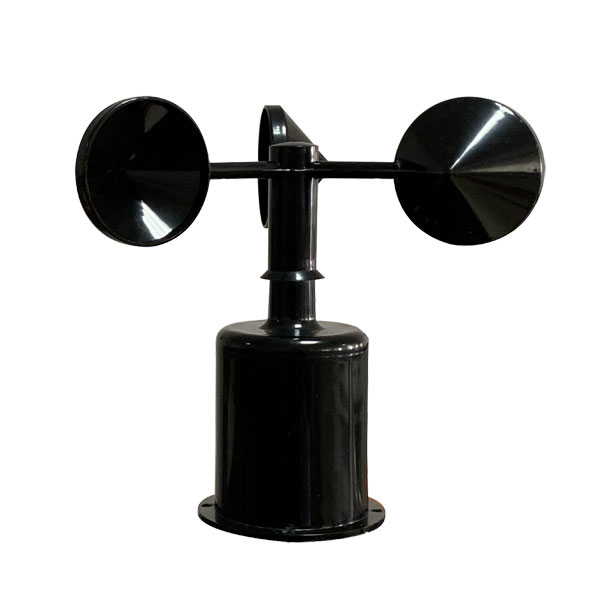
|
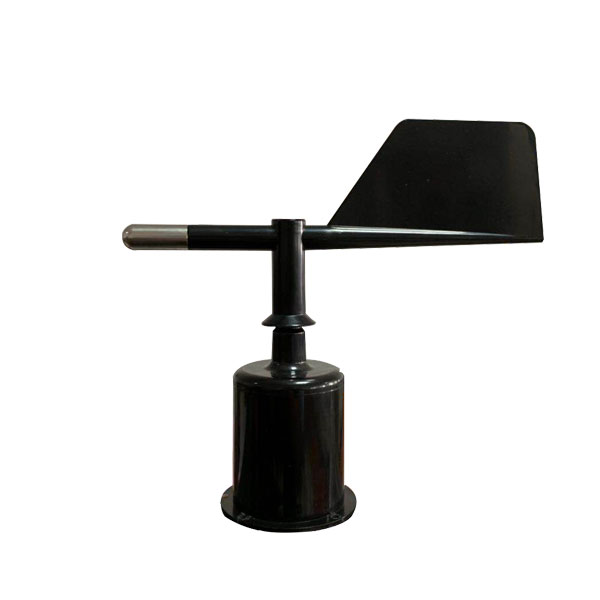
|
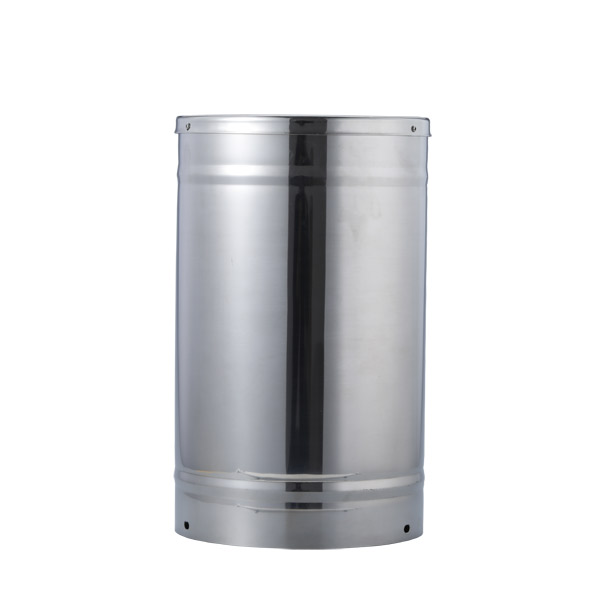
|
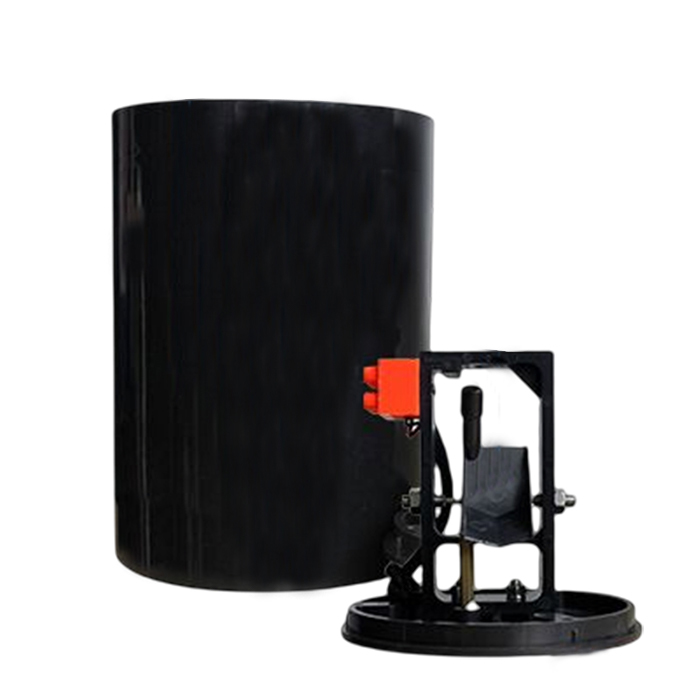
|
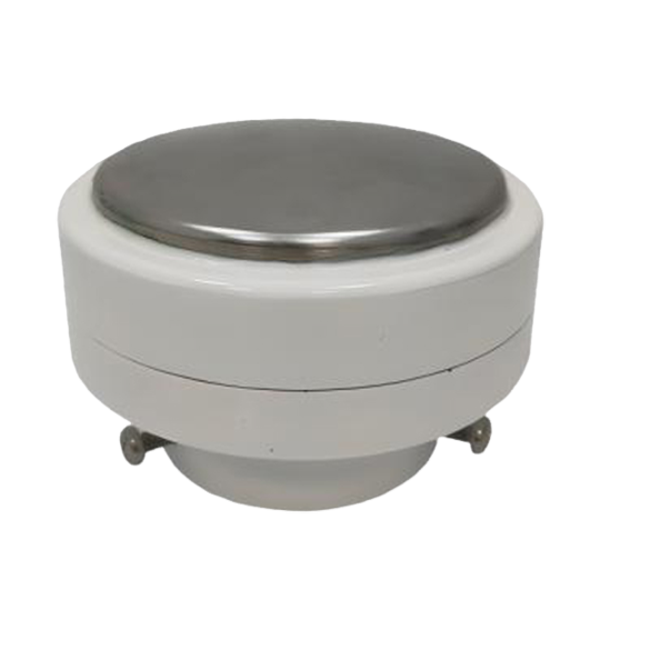
|
| Anemometer Wind Speed sensor | Wind direction sensor | Tipping bucket rain gauge sensor | Tipping bucket rain gauge sensor | Piezoelectric Rain Gauge |
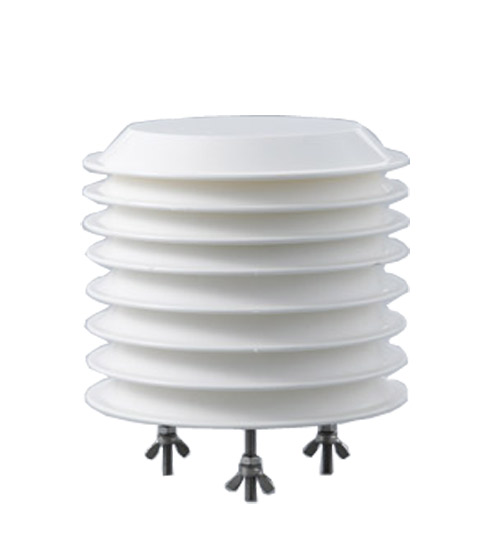
|
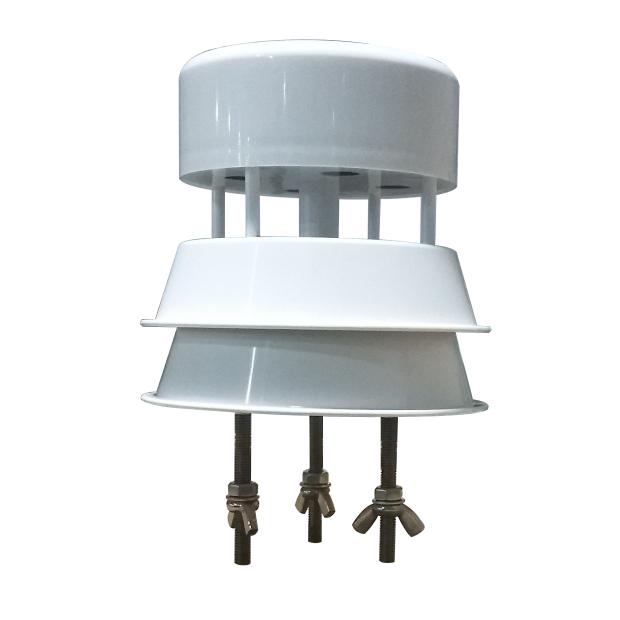
|
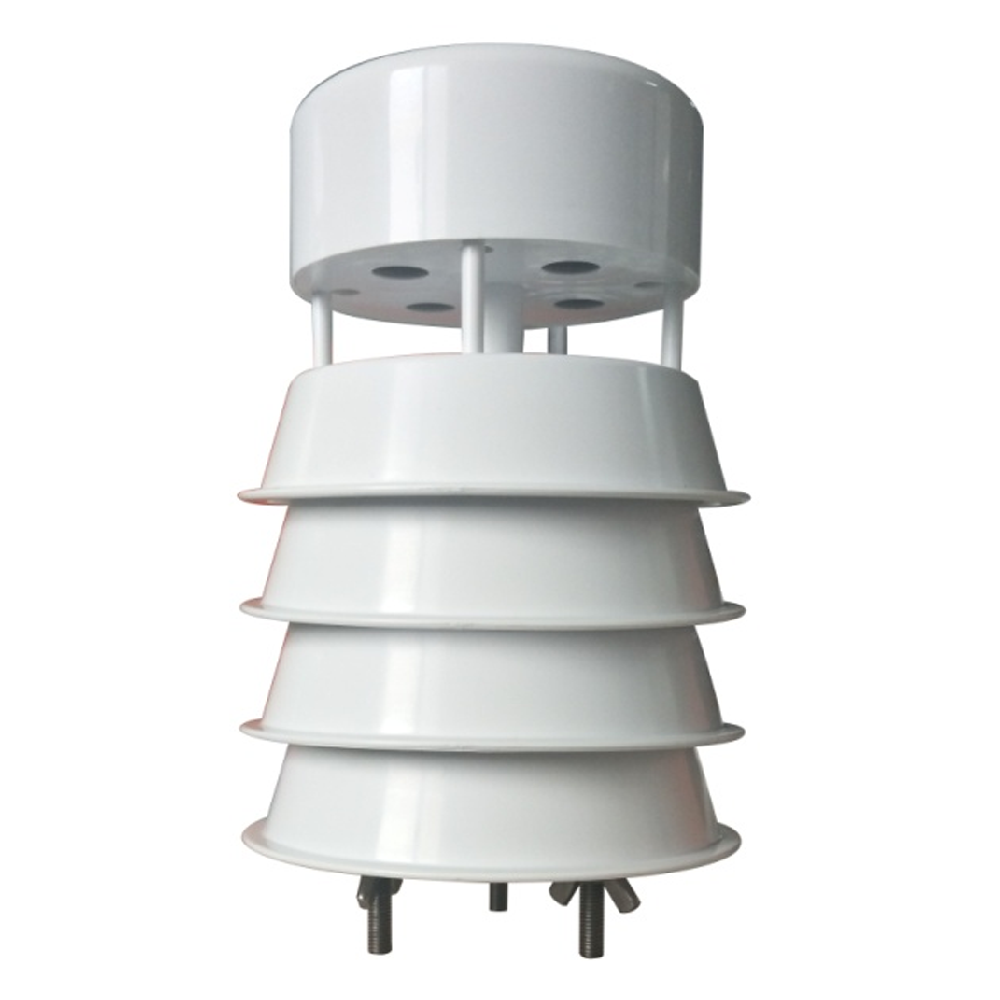
|
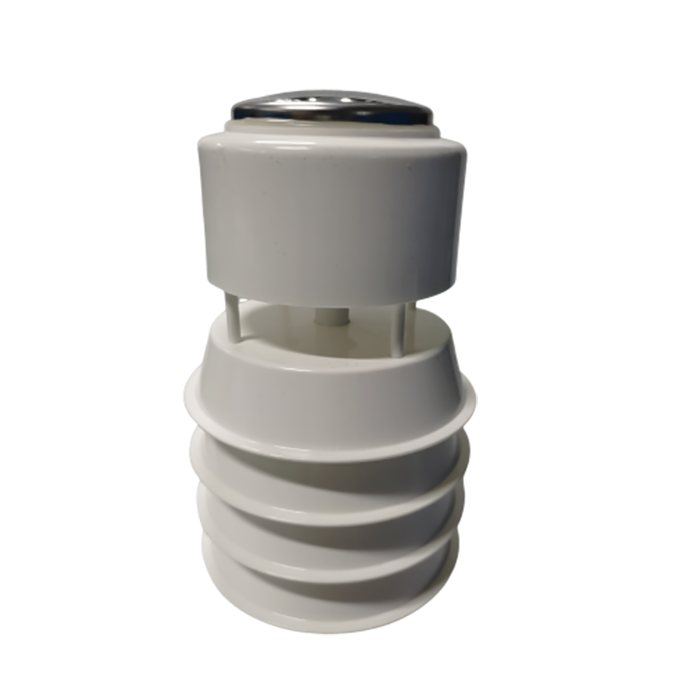
|
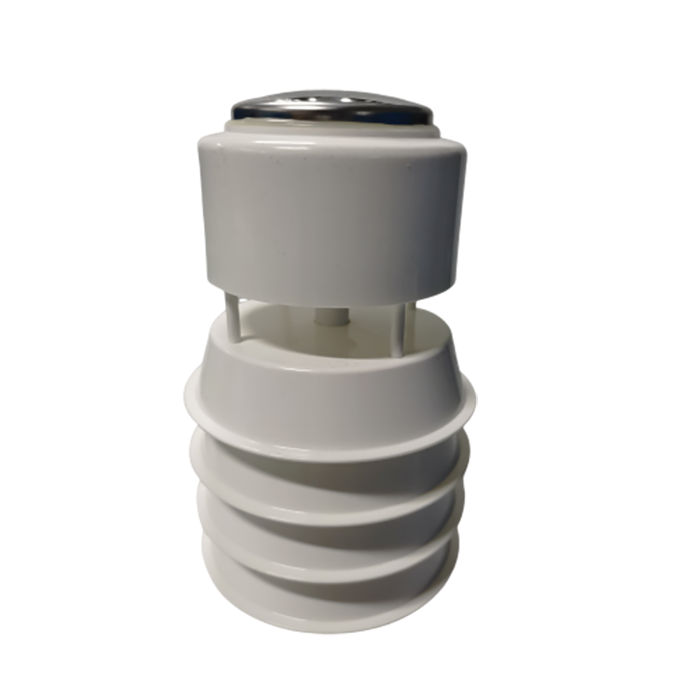
|
| Atmospheric Temperature Humidity air pressure Sensor | ultrasonic wind speed and direction sensor | 5 in1 Ultrasonic Weather Station Sensor | 6 in1 Ultrasonic Weather Station Sensor | 7 in1 Ultrasonic Weather Station Sensor |
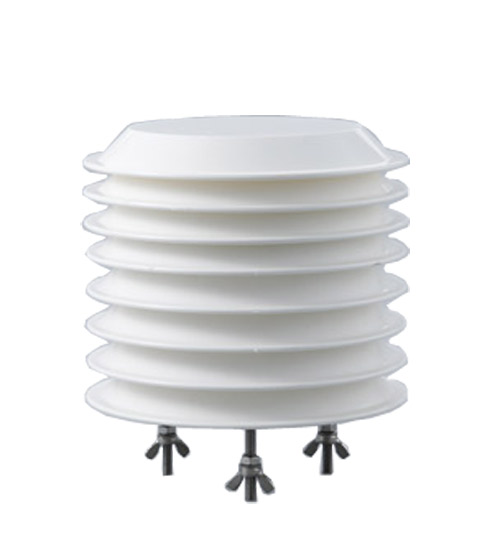
|
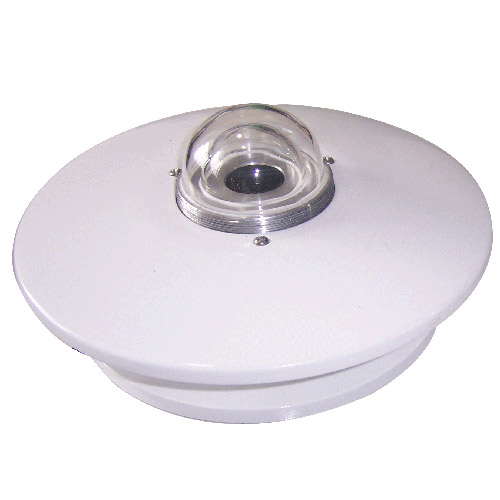
|
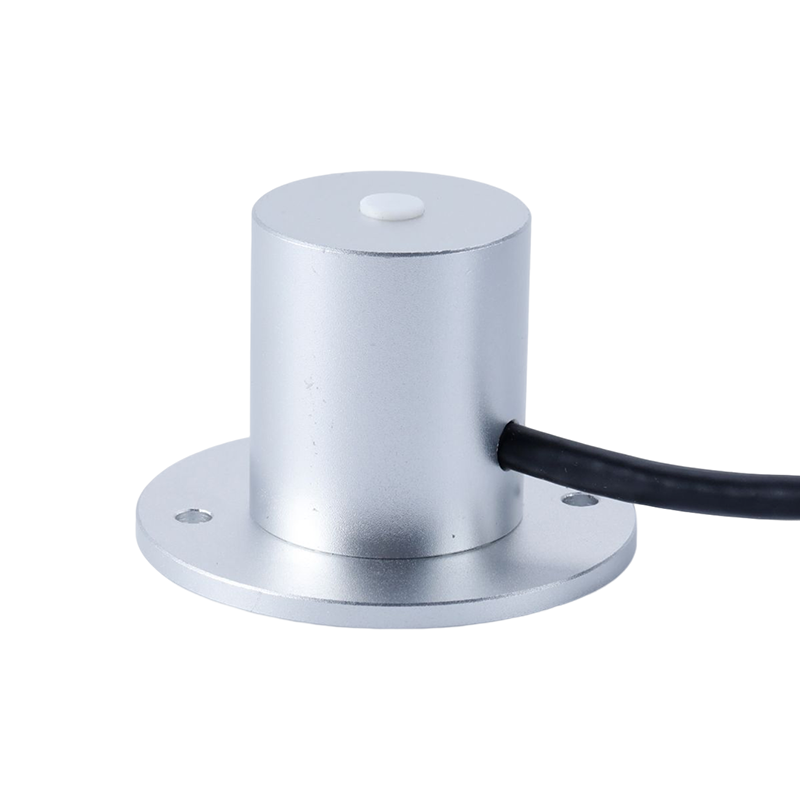
|
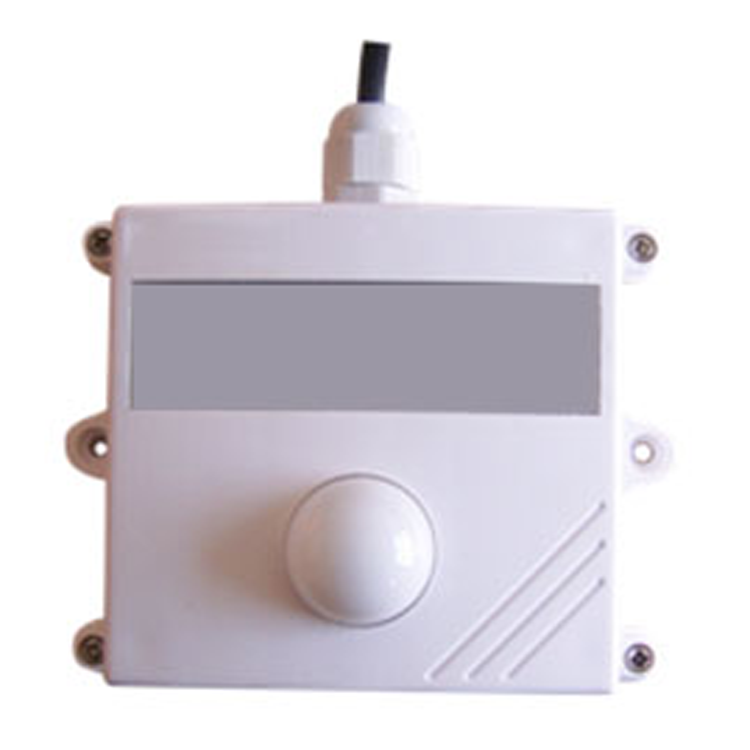
|
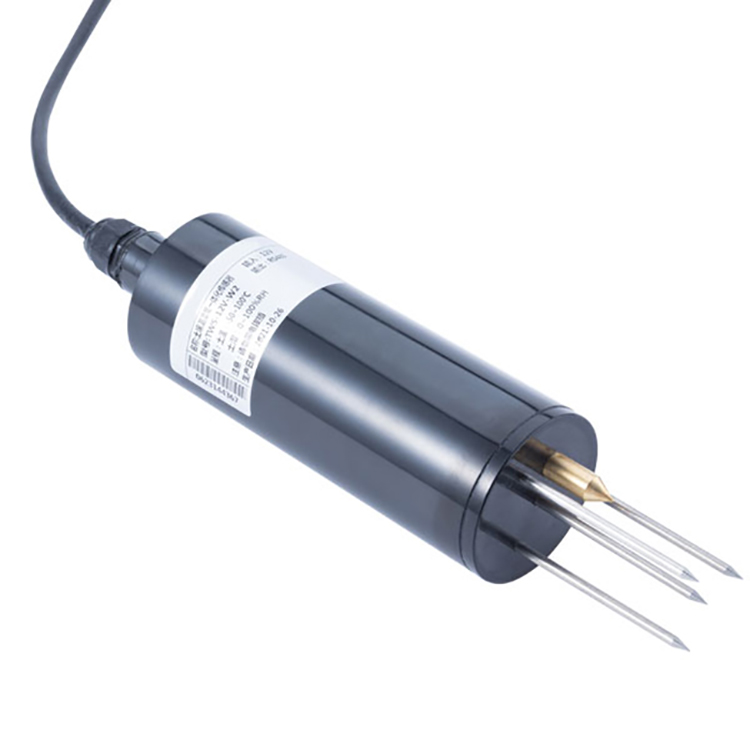
|
| Carbon dioxide sensor | Solar Radiation Sensor | Photosynthetically Active Radiation Sensor; | illumination sensor | Soil Moisture Temperature sensor |
Weather stations that use RS-485 communication and support the Modbus protocol can be a valuable tool for collecting weather data in a variety of environments.RS-485 is an industrial communication standard known for its ability to support multiple devices on the same bus and its long range capability (up to 1,200 metres) over twisted-pair cables.Modbus is a popular communication protocol used to connecting digital devices in industrial environments.
The following is how a weather station with an RS-485 Modbus interface operates.
1. Power supply: Weather stations are typically powered by a 12V or 24V DC power supply. The power supply can be connected to the RS-485 weather station through the power cord.
2. Communication Interface:The RS-485 interface allows the weather station to communicate with other devices on the same network, such as computers or data loggers.The Modbus protocol is used to define the structure of the data and how it is transmitted.
3. Sensors:Weather stations are equipped with a variety of sensors to measure temperature, humidity, wind speed, rainfall, solar radiation and other meteorological parameters. These sensors can be connected to the main weather station unit through wired or wireless connections.
4. Data Collection:The weather station collects data from the sensors at regular intervals. The data is then formatted according to the Modbus protocol and transferred to a receiving device, such as a computer or data logger, via an RS-485 interface.
5. Data logging and analysis:The receiving device can log data for later analysis or can be used immediately for monitoring purposes. The data can be displayed on a computer screen, stored in a database, or used to control other systems, such as adjusting the operation of a ventilation system or irrigation system according to weather conditions.
6. Expansion and Linking:RS-485 allows multiple weather stations to be connected on the same bus, creating a network of sensors. This is especially useful for large applications that require multiple sensors over a wide area. Devices can be connected in series, with the last device in the chain being powered by the same voltage as the others.
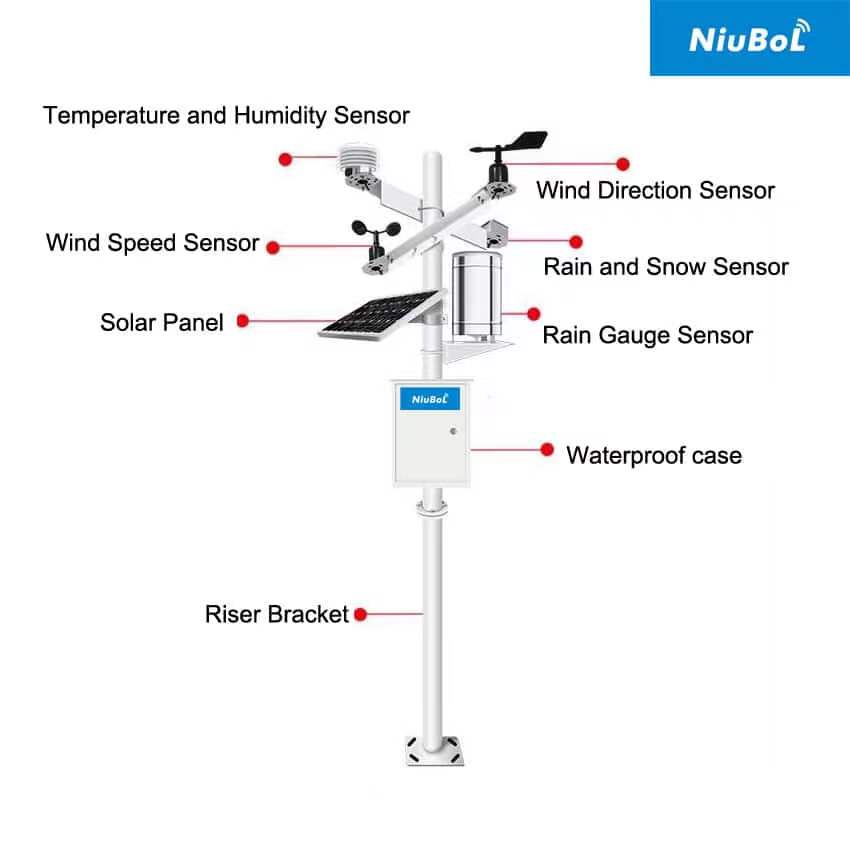
When selecting a weather station with an RS-485 Modbus interface, consider the following.
Compatibility:Ensure that the weather station is compatible with the RS-485 standard and Modbus protocol.
Power Requirements: Check the power requirements of the weather station to ensure that it can supply the appropriate voltage (12V or 24V).
Range: Confirm the communication range of the RS-485 interface to ensure that it meets the needs of your deployment.
Sensors: Confirm that the weather station has the required sensors to capture the specific weather data needed.
Software Support:Make sure you have the necessary software or data logging capabilities to receive and interpret Modbus data.
By using a weather station with an RS-485 Modbus interface, you can efficiently collect and transmit weather data for a variety of applications, widely used in agricultural monitoring, urban planning, environmental research, weather monitoring, environmental monitoring and renewable energy management.
If you need to buy such weather station, we recommend you to contact professional weather equipment suppliers or instrumentation suppliers, we can provide you with suitable product choices and quotations according to your specific needs.
Sensors & Weather Stations Catalog
Agriculture Sensors and Weather Stations Catalog-NiuBoL.pdf
Weather Stations Catalog-NiuBoL.pdf
Related recommendations
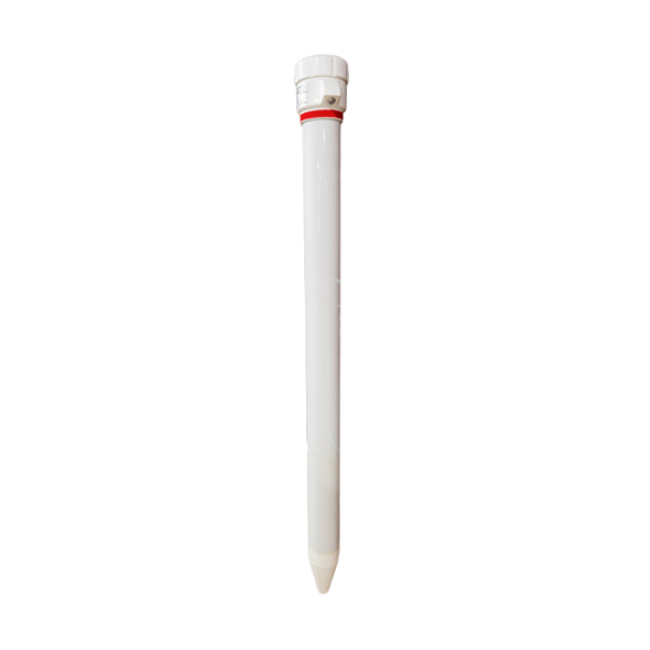 Multi-Depth Soil Sensor RS485
Multi-Depth Soil Sensor RS485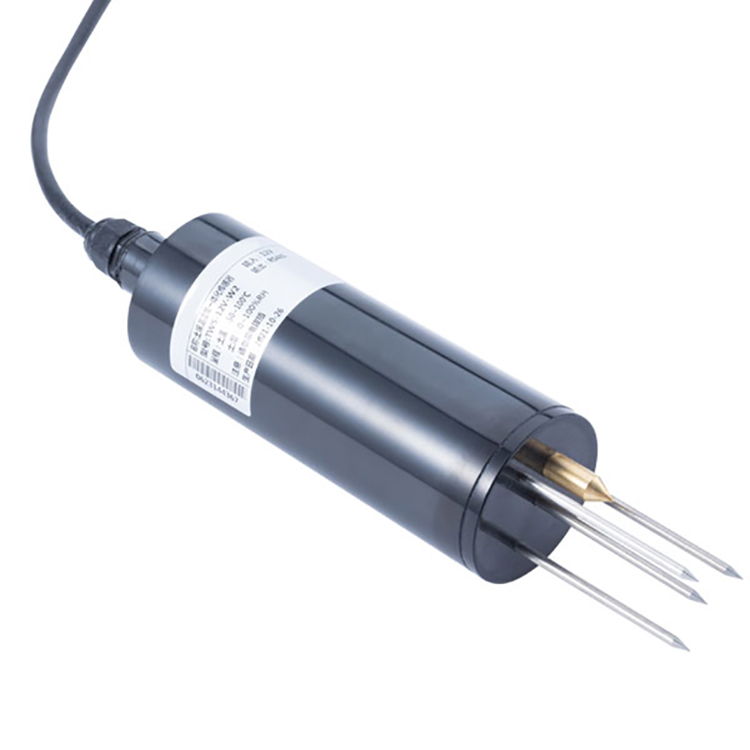 TDR Soil Moisture Sensor
TDR Soil Moisture Sensor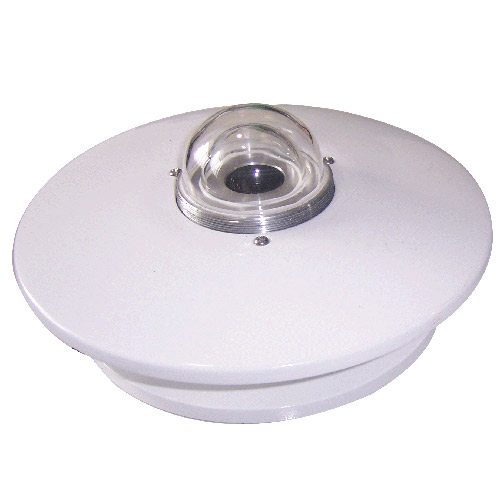 Pyranometer Solar Radiation Sensors
Pyranometer Solar Radiation Sensors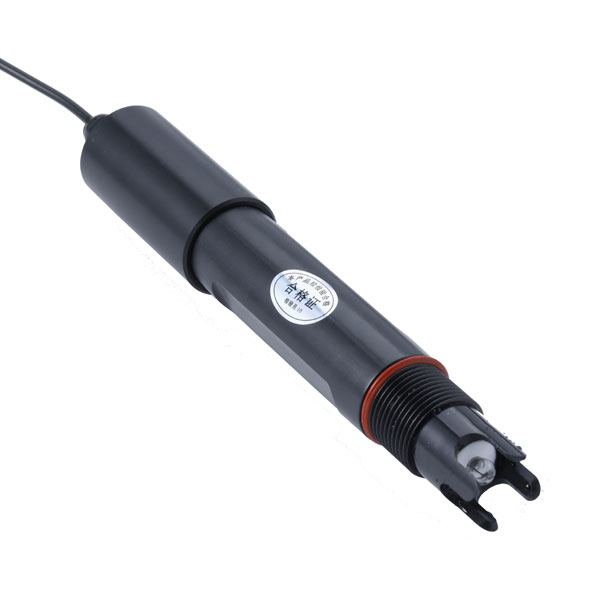 Soil ph sensor
Soil ph sensor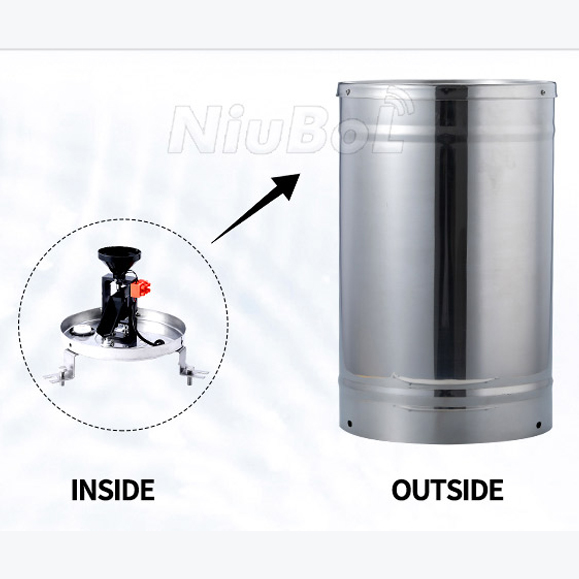 Tipping Bucket Rain Gauge
Tipping Bucket Rain Gauge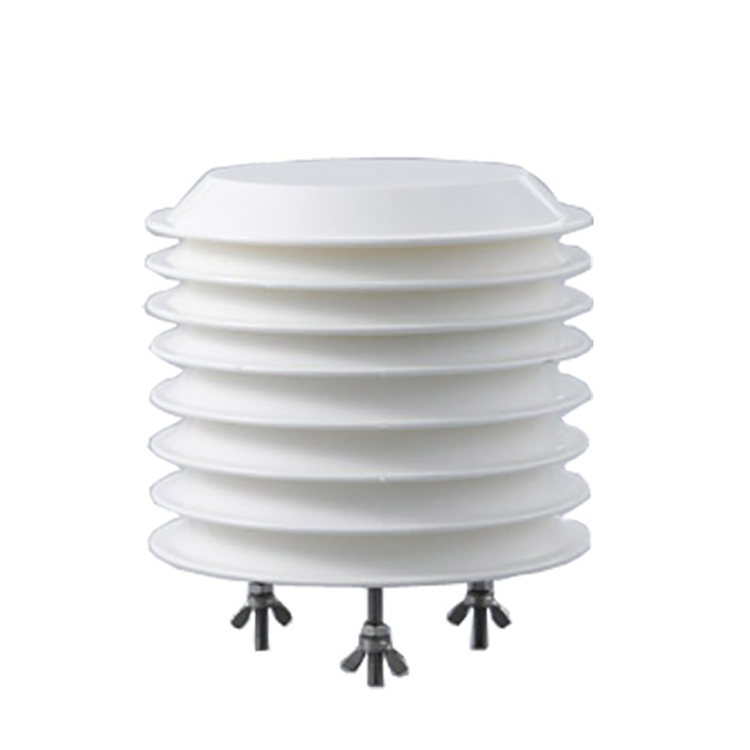 Air Temperature and Humidity Sensor
Air Temperature and Humidity Sensor
Screenshot, WhatsApp to identify the QR code
WhatsApp number:+8615367865107
(Click on WhatsApp to copy and add friends)
